
X4: Foundations Review
After the mixed reception of X Rebirth, Egosoft has a lot riding on the success of X4: Foundations. Does it right the series’ metaphorical ship after the previous game’s perceived missteps?
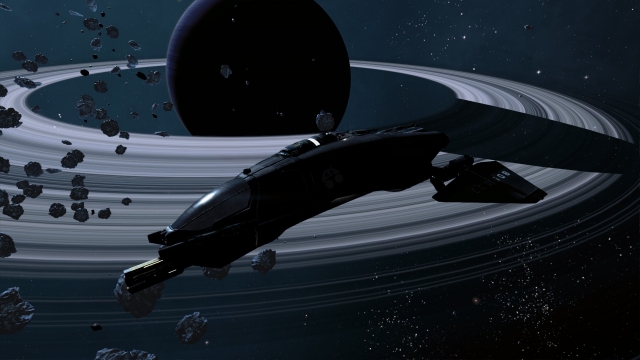
The X series has always been a dense space sandbox with a steep learning curve, 2013’s X Rebirth tried to solve that issue by reducing the focus on empire building and limiting you to one ship. These changes to the franchise ultimately weren’t well received making Egosoft go back to the drawing board to see how they could blend the good things from Rebirth with the densely detailed experience fans wanted.
The series is a take on the space sandbox genre, in much the same vein as classics like Elite and its sequels and titles like Freelancer. You are thrust into space with a ship and a handful of credits and have to survive and prosper however you see fit; whether that be by trading, mining or bounty hunting.
X games have always had a grander sense of scale than those other titles though, not necessarily in the size of its world (you can’t get much bigger than the Elite series’ simulation of our universe) but in the influence you can have as the player. Where most space games see you as a lone soul in a single ship eking out a living, these games let you create an empire. With whole fleets under your control, fighting, supplying materials and cornering markets as you see fit.
X4: Foundations opens with you selecting one of three starting archetypes, which essentially give you a different starting ship and equipment focusing on combat, trade or exploration. From there however, you are free to play however you want and this is where the game doesn’t do as much as it could to get new players into the swing of things.
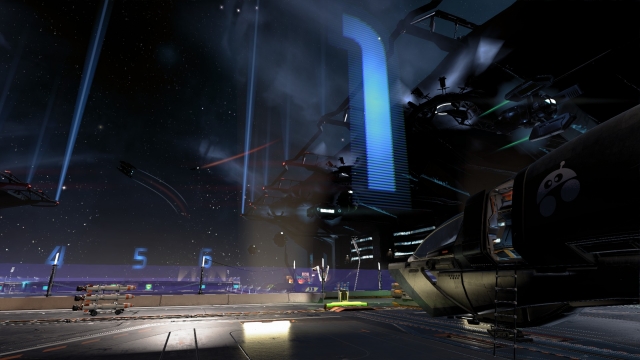
Foundations does very little to explain itself or the game’s scope. It does have a help menu full of tutorials but these are often very control focused rather than feature focused meaning you get shown how to do things, but aren’t really told why or how they are useful. This is a huge shame as it adds a huge barrier to entry for anyone who is new and doesn’t want to trawl through a wiki or a series of videos on YouTube.
Push through the initial learning curve however and there is a lot to love about this new iteration of the franchise. Gameplay in X4 is open-ended and extremely freeform and while there are some plot-related missions you’ll encounter, there isn’t exactly a traditional campaign. You’ll be able to buy a new ship very quickly after completing missions, trading or murdering opposing factions. Whether this ship is for you to use or whether you entrust it to the whims of an NPC is entirely your decision.
And this is the point you realise that the X series is very different, you can send your newly acquired ship off to mine, trade or hunt entirely autonomously and the NPCs will improve as they do so. After this taste, you’ll soon find yourself creating stations to create specific goods before using your fleet to supplying all the materials yourself so that you earn all the profit.
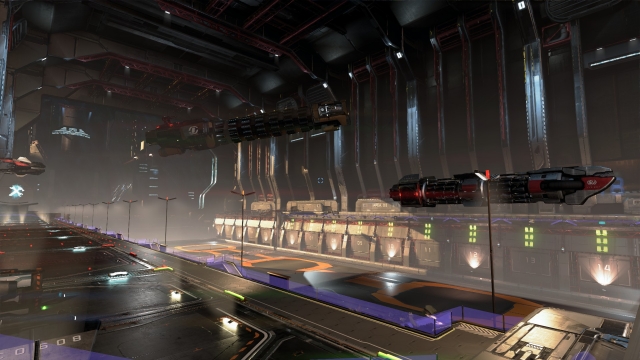
If this sounds like it can get complicated, that’s because it can and honestly the game, even four games into the main series, still does a bad job letting you know what you can do and how to do it. But at the same time, it’s really rewarding to figure this stuff out as you build up your empire. If you don’t want to grow your empire though that is an equally valid playstyle and you can just as easily ignore it and focus on combat, trading, mining and missions if that is more your cup of tea, having an empire definitely helps you progress however.
Foundations’ focus on scale now also applies to the moment to moment gameplay. At any point you can leave your ship, walk around and even spacewalk. Not only that but you can seamlessly dock small ships on larger ships before getting out and taking control of it. Hiring crew to fill positions on ships and stations you own is important too, with every NPC having specific skills which improve as they perform tasks.
The user interface for viewing all this information is much improved from earlier games but does still have its fair share of issues. It still looks extremely utilitarian and drilling down through your assets feels like you are using a spreadsheet. It’s perfectly functional but ultimately quite clunky and it’s an issue across the whole interface. The map does a good job of displaying everything you need to see at a glance, but can also become cluttered quickly if you don’t diligently filter things out.
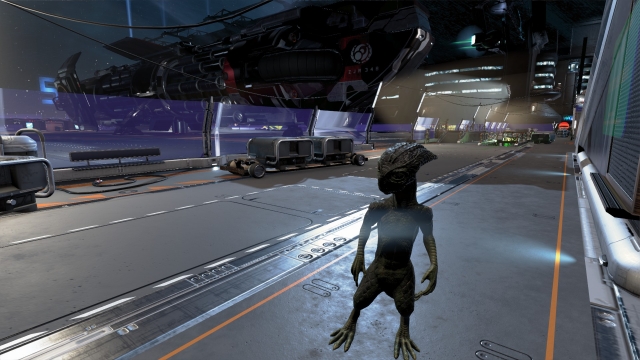
Visually it can be quite a pretty game with detailed ship and station models as well as lovely ship interiors. The audio design is likewise quite nice with a good array of radio chatter and suitably punchy lasers, the soundscape isn’t as immersive as in something like Elite: Dangerous, but it does the job.
Flying around space feels weighty with combat especially being quite satisfying. Your ship has a variety of modes: a travel mode that makes covering distances a lot quicker, a short range and long range scan mode for finding blueprints, missions and stellar objects and the SETA mode which is the time dilation mode from earlier games that you have to unlock here.
The scanning mechanic is important for gaining access to new upgrades and structures, as is improving your standing with the many races. This is accomplished by doing almost anything that benefits a faction, from trading to completing missions. Your standing grants you new licenses and access to more plans so you can improve your ship and expand your fleet.
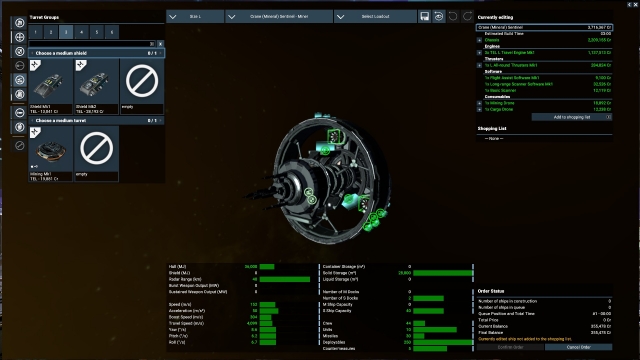
The amount of activities available to pursue when flying solo is substantial, from the standard mining of ore and taking out enemy ships to the more unusual like harvesting gas and performing repairs to installations from your spacesuit. Nothing quite compares to creating a whole supply chain to manufacture goods to sell for glorious profit, however.
X4: Foundations is a return to form for the series, there is nothing quite as mind-blowing as standing on a construction ship’s landing pad that you docked at in mid-flight whilst a firefight goes on above you and passing through a jump gate into a new zone all without a loading screen. But Foundations does have many flaws, stations are extremely empty most of the time, discovering exactly what you can do is hit and miss and the help provided to the player in-game is confusingly presented, but the depth and ambition of the series is as incredible as it has ever been.
If the sound of building an empire excites you and you can get over the learning curve, are okay with a mostly sandbox experience and can work around the interface’s idiosyncrasies then you’ll find a deep and absorbing game that can potentially suck away all of your free time. If you want something a little more directed however then it’s harder to recommend outright.
X4: Foundations (Reviewed on Windows)
This game is good, with a few negatives.
An ambitious, complex sandbox space game that allows you to do almost anything from spacewalking to commanding a carrier with a fleet of ships onboard. A steep learning curve and an inconsistent interface mar an excellent return for Egosoft’s flagship series.








COMMENTS